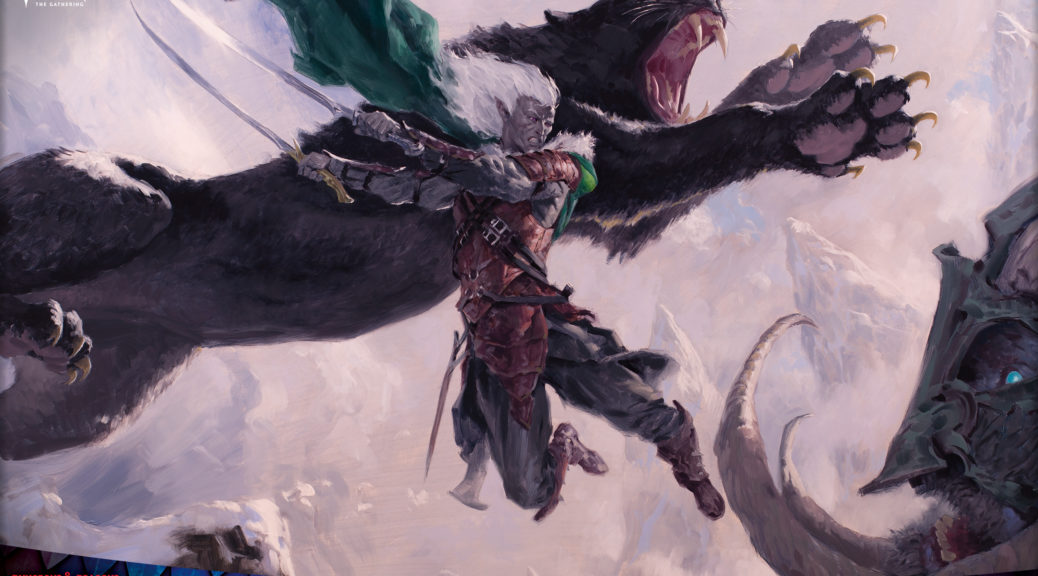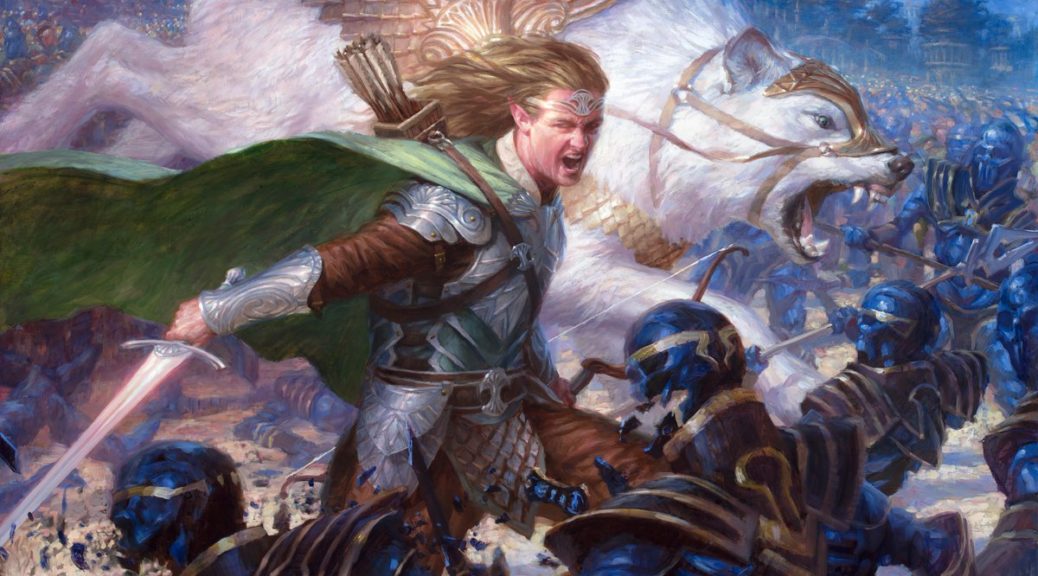Readers!
2021 was pretty nuts and I’m frankly glad to be rid of it. Covid got way worse but restrictions got way looser. They made a bunch of good books into bad TV shows. They made another season of Tiger King. It was bad, people. It’s tempting to throw out the entire year, but the truth is that I wrote 51 dynamite articles and I’m going to spend this one telling you about whether any of them taught me anything about how to do a finance.
I wanted to wrap the year up by highlighting new techniques and breakthroughs we had this year. I’m constantly refining my technique and I seem to be getting better at it – someone on reddit accused me of buying out my own podcast POTW picks because I’ve been getting so many right lately, which is kind of a compliment if you think about it. I AM going to think about it, and I’m also going to think about what I did this year and how we can improve on it even more. Let’s do it to it!
My first article to review was titled “5 cards that cost more on TCG Player” and the title is the description. The premise was simple – Card Kingdom (and Coolstuff Inc, to an extent) are not marketplaces where there is internal competition between sellers to bring prices down. As a result, TCG Player should be cheaper than Card Kingdom. When it’s not, I take a look. Is the EDHREC algorithm scraping different versions? Is one of the sites sold out and therefore the price is frozen? Is it ACTUALLY cheaper on Card Kingdom? Questions like that can knock out quite a few of your candidates, but the ones that don’t get knocked out are usually mispriced. Why is the card mispriced? Figure out which site has the wrong price and you can find some real opportunities the people miss until it’s obvious to everyone and then you’re in a feeding frenzy. Catching prices about to move is a vital skill and any clues we get, we should use. I tried the technique again a few weeks ago and got a spicy spec out of it. This time it was cheaper on Coolstuff than on TCG Player, and there were quite a few copies left before this happened. A lower price on Coolstuff or Card Kingdom doesn’t always means it’s a good spec, but it means it often enough that you should train your brain to notice when TCG Player is the most expensive option.

Everyone knows Tatyova is a pretty absurd commander, but it’s far beyond that. Tatyova is an Uncommon from a set less than 5 years old and it’s nearly $5. Could we see more cards like that? I tried to devise a set of criteria for other candidates and I think the only from the last 5 years is Ser Konrad, a very reprintable (and reprinted) card. Bala Ged Recovery has a shot but that’s not even a Legendary creature. With 25 Legendary creatures a set, it’s rare that they’ll jam something as absurd as Tatyova at Uncommon again, but we’ll be ready when they do and we’ll be buying $0.50 foil copies on preorder.
I called my shot pretty early on which cards from Time Spiral Remastered had enough EDH play to recover from the reprinting. The article is pretty dense and it’s tough to summarize, but this is something I should do more often for reprint sets. There are always cards that recover and people say “when did THAT go back up?” because they don’t check the prices of everything or even that often. I like to tell them what to buy when the price is at its lowest. I followed up in May.
I think the funniest gimmick of the year was the time I wrote a 20,000 word article – provided you buy the conversion rate of 1 picture being equal to 1,000 words, that is.
In June, I got a crazy idea about picking cards that had good growth potential but not so explosive that WotC would notice the card needed a reprint, thus shortening our window. If you like to get out of cards at a leisurely pace, pick cards you can get into at the same pace. I explored the concept in-depth in this article.

This is the epic banner art I chose for my article where I discussed using EDHREC to find data that’s a little tougher to find on the site. Any time someone from EDHREC offers to show you how to use EDHREC better, it doesn’t hurt to pay attention. I’m a resource, make use of me.
Controversially, I tried to come up with my own metric for quantifying demand. The results were a bit fuzzy and I won’t be sure for a year if what we calculated will bear out, but I wrote a couple of articles where I outlined how I calculated the card’s DPI score (Dollars per inclusion) and how I used it to identify cards that were going to change price soon. I am pretty proud of the results but I won’t be adopting the metric permanently.
“The best commander in the set” only works when comparing specs to other specs from cards that came from that same set and it’s important to remember that. Not all “Most popular commander in the set” are created equal. There were only 2 or 3 from the whole year who even made the top 100 list for the last 2 years and those deserve extra scrutiny.
Using a list comparison tool I found online, I compared the top 100 cards from the last 2 years with the top 100 cards from a given week. Doing so can tell you which cards are going up hard and fast enough to displace format staples in the weekly top 100. It’s easy to do and the article shows you how, you just have to remember to do it and I haven’t thought of trying this technique again after I wrote the article even though I think it’s a good one. That’s why we do this annual wrap-up.
Treasure is an evergreen mechanic that is getting leaned into quite hard lately. Will treasure be a player in EDH forever? It seems very likely, and even if there is a lull, it will come back and those treasure-enablers will pop off again hard. What should you stock up on? Luckily, I have strong opinions about that.
Between Umbris and Toxrill, it’s insane how much money Dimir Commanders made me in Q4 of this year. I hope you all got as hype as I did.
If I had to summarize what I learned this year, I learned to use EDHREC data and filter out old staples to find emerging ones. I learned to catch when TCG Player was the most expensive and figure out if a price change was incoming. I developed my own way to calculate if a card was under- or over-priced relative to how many EDH decks it was in. I even figured out how to get EDHREC data that hadn’t migrated to the front page of the site. It was a good year, I had a lot of fun writing some of these and I think I gave a lot of great advice. All I can do is promise to keep improving and I hope you keep reading. Until next year!
